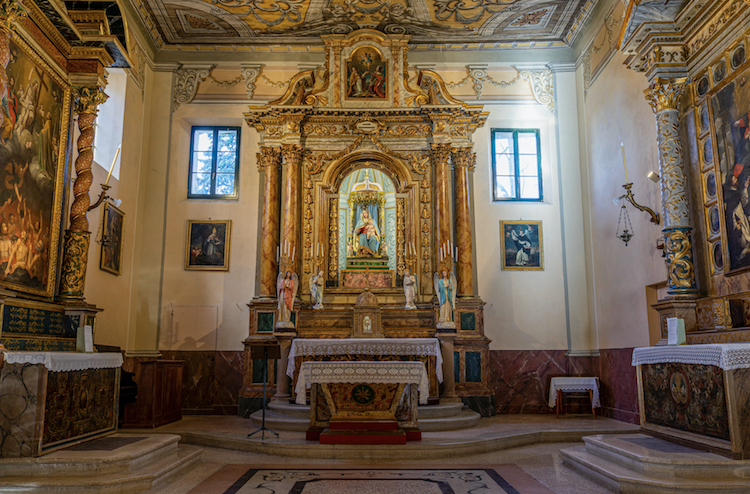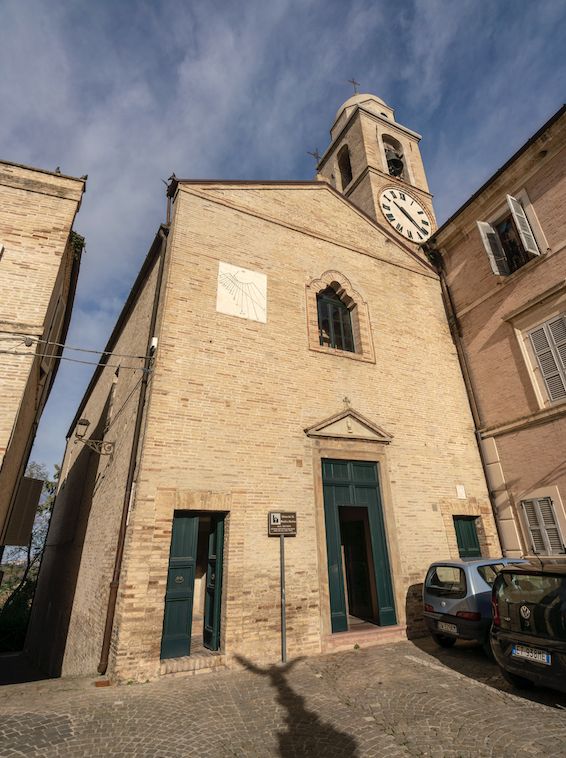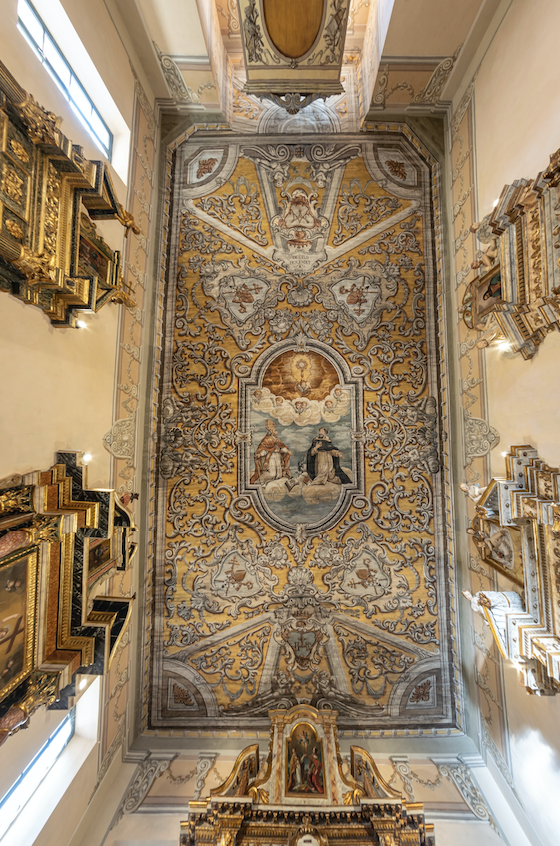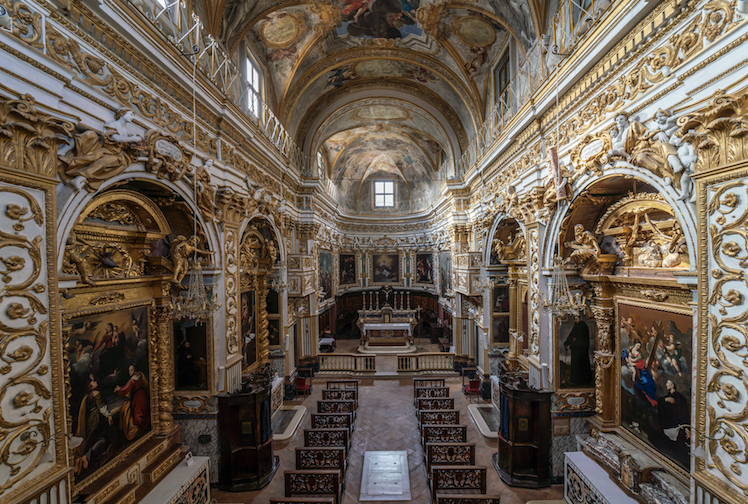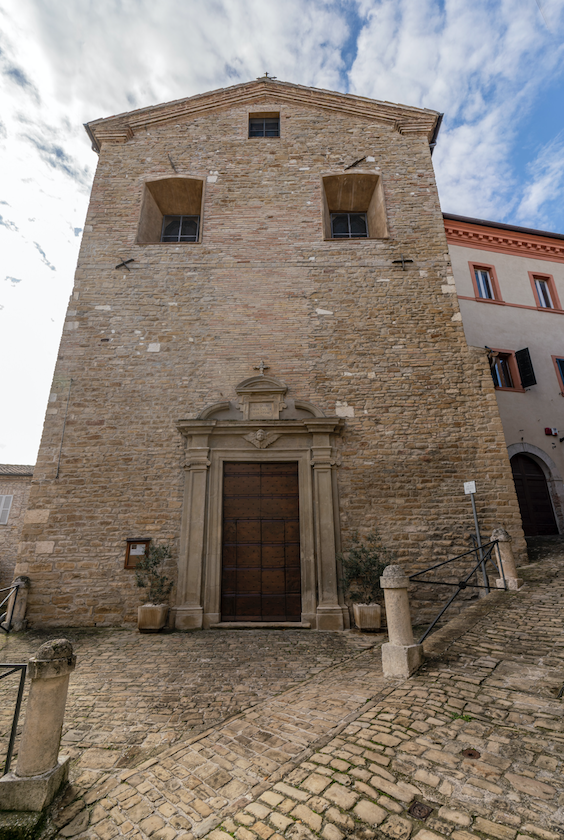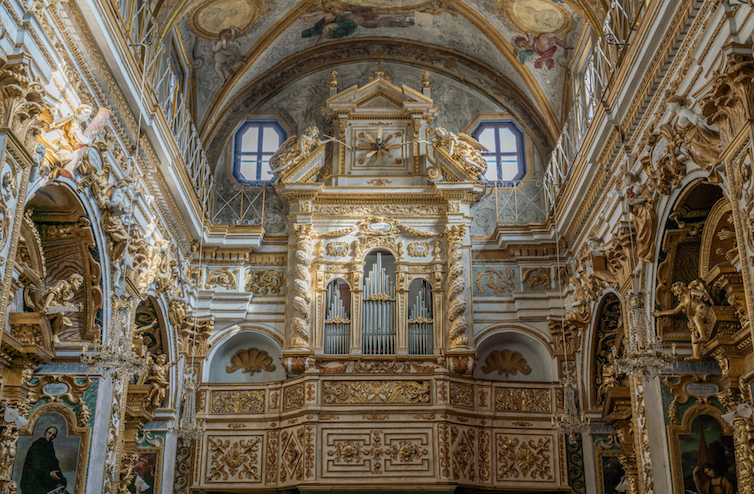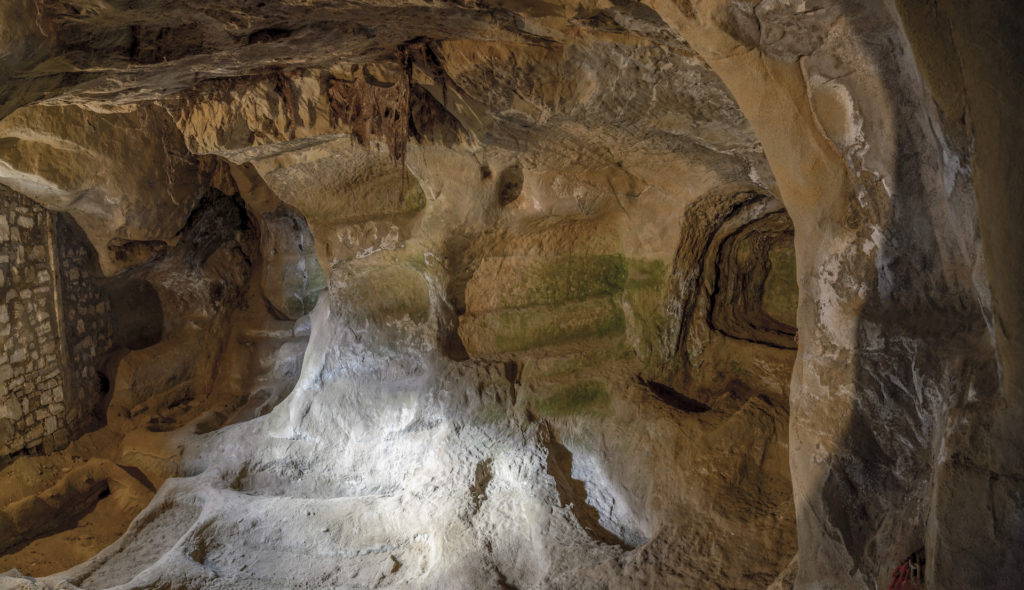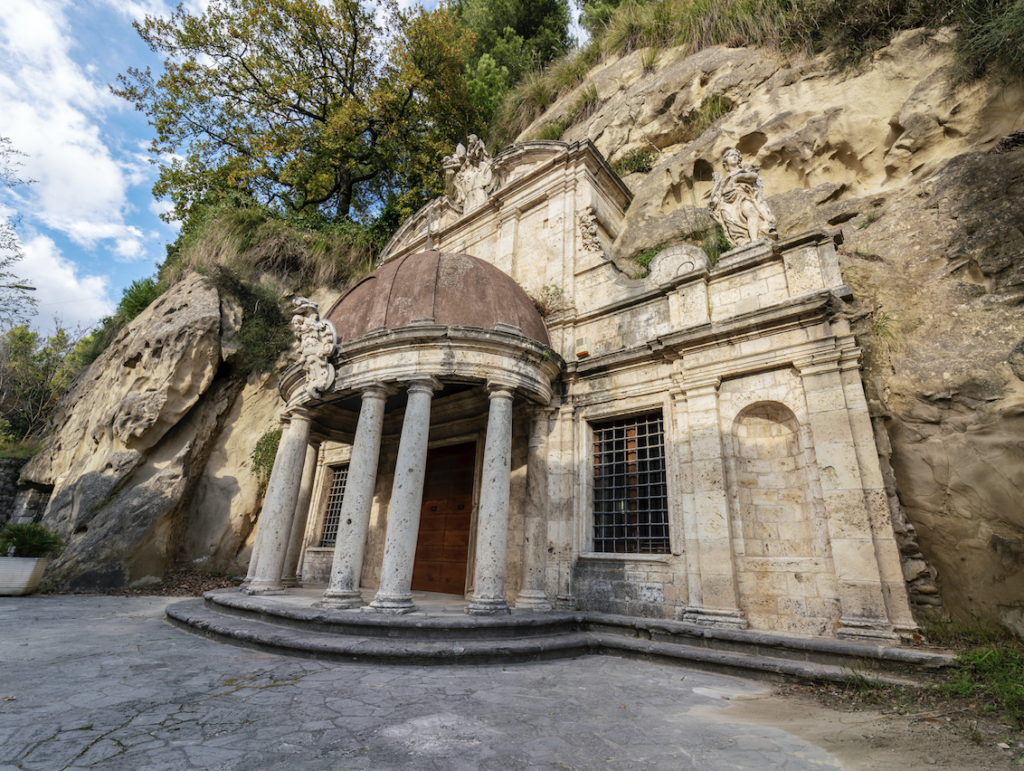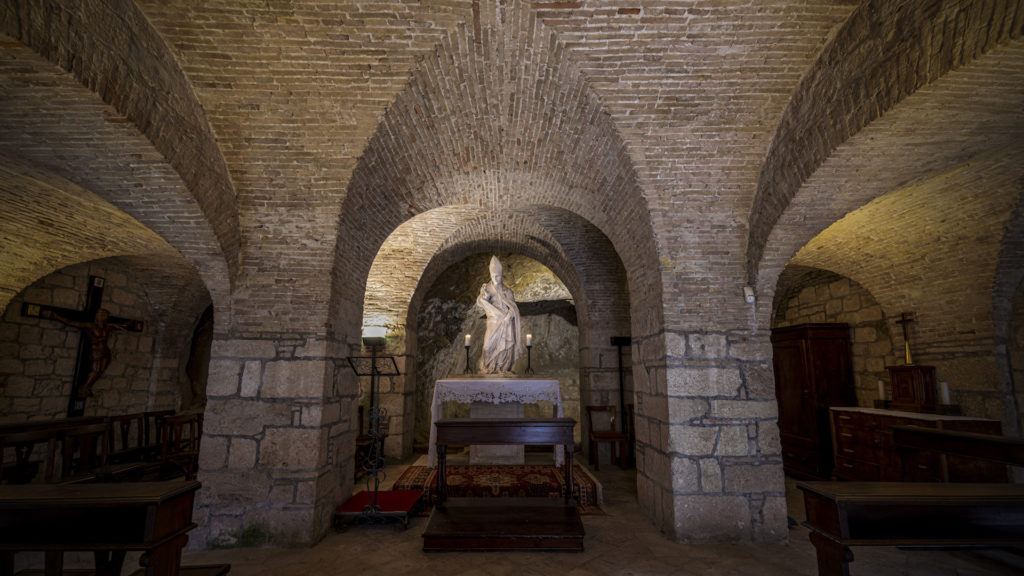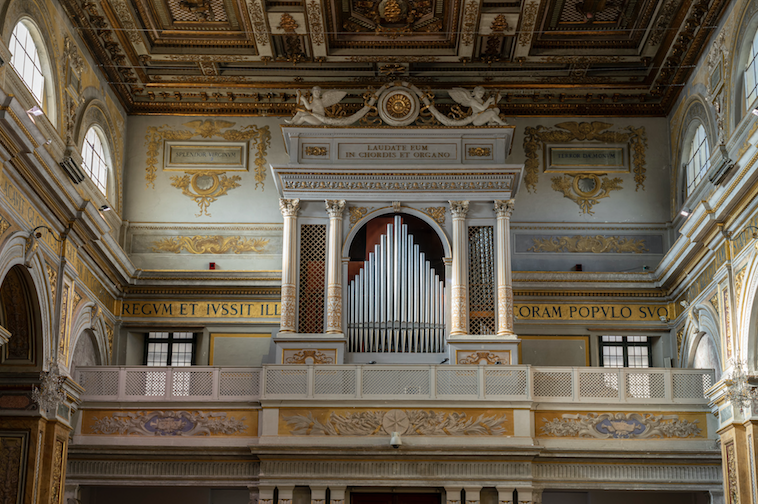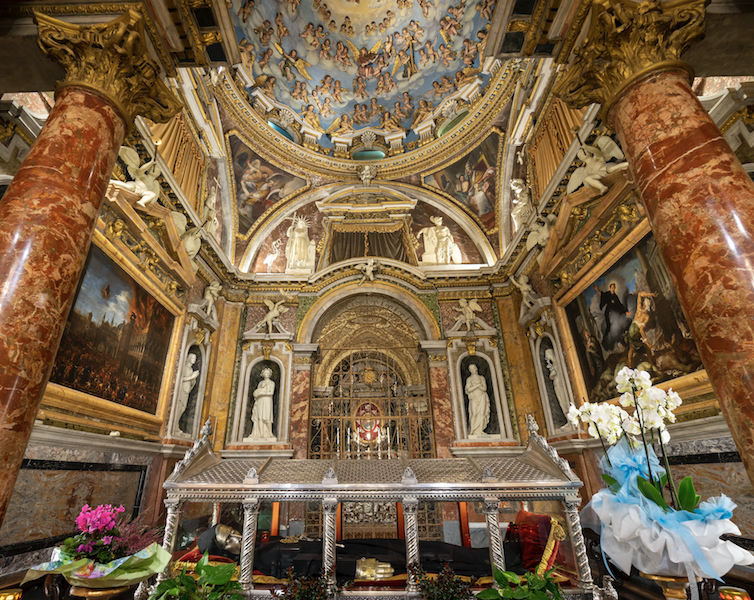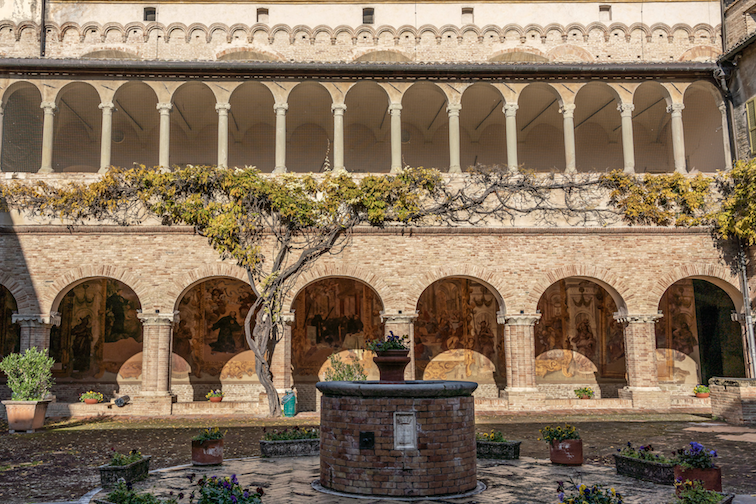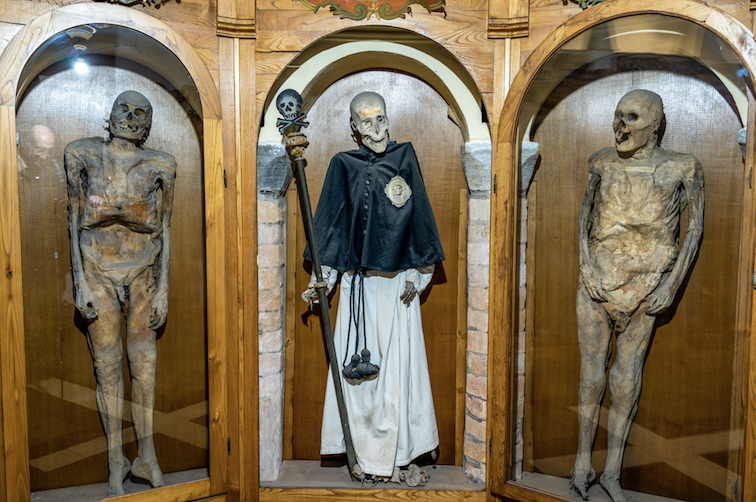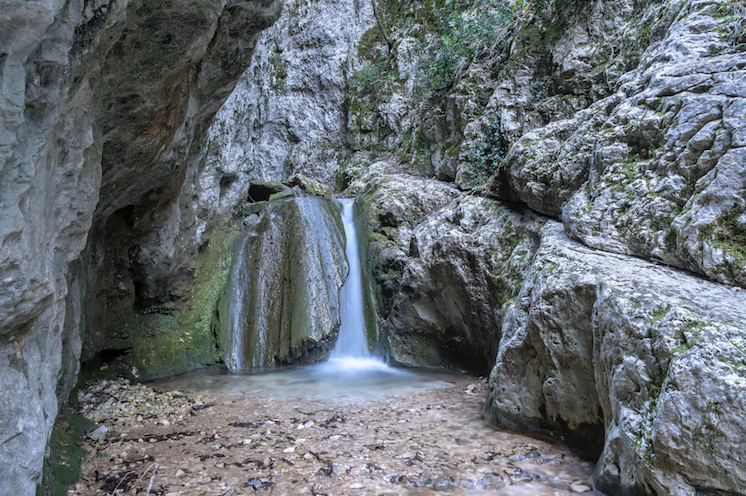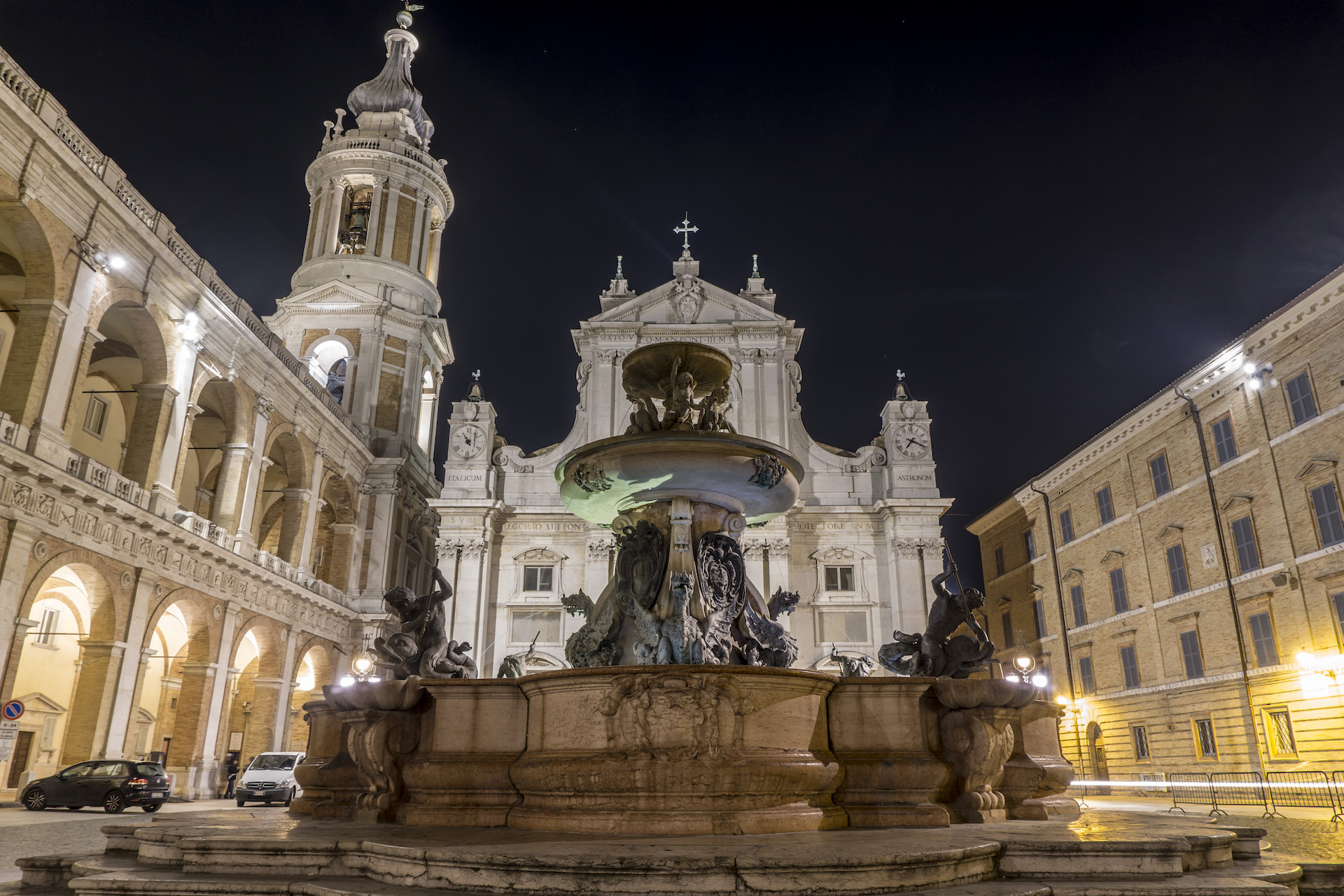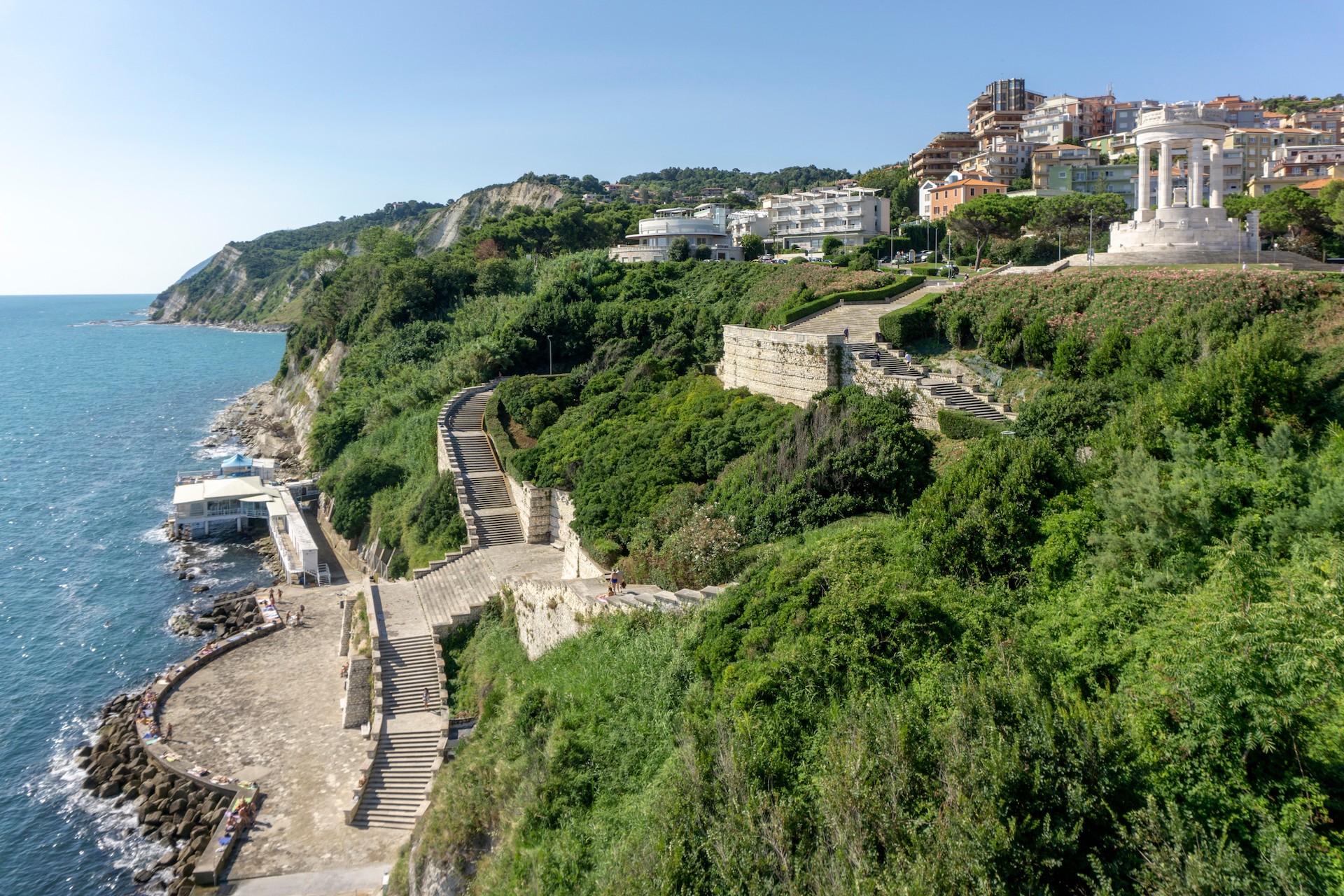5 suggestive worship places
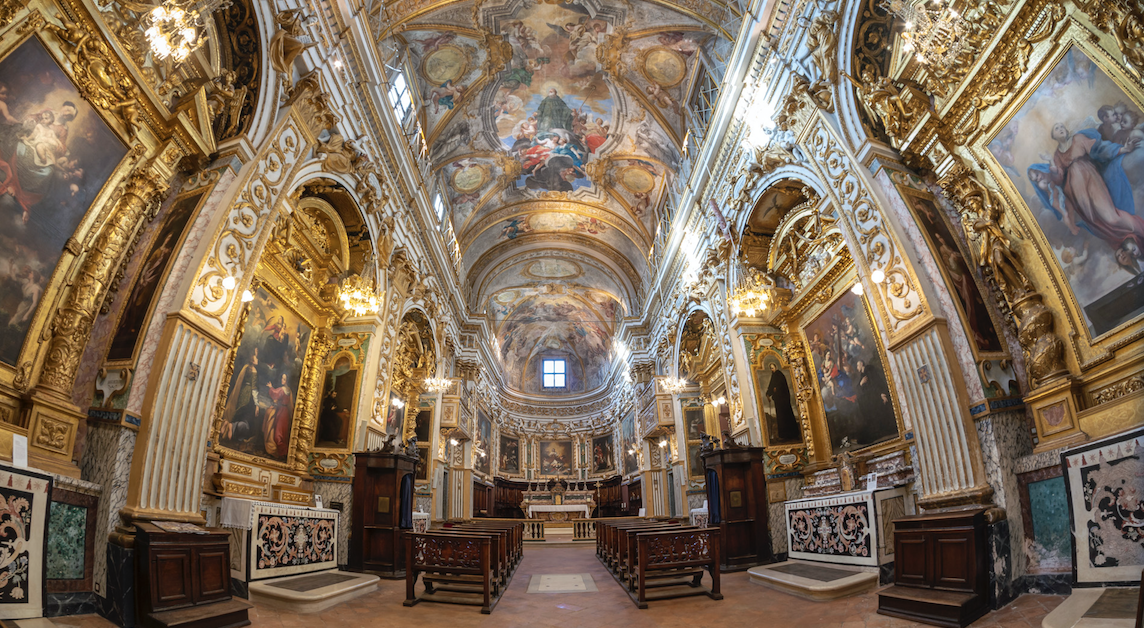
For a long time Marche belonged to the Vatican State. This is one of the reasons why the region is sprinkled with a variety of religious places of which churches, abbeys, temples and monasteries are the most evident examples; some are open to visitors nowadays just as they used to be to pilgrims and wayfarer long time ago. Such important religious orders as the Camaldolese, the Cistercian and the Franciscan found here places perfectly fit to live intensely their faith. In order to lead more people to know and appreciate these often almost ignored monuments, touristic itineraries are being organized, meant for lovers not just of spirituality but also of art and culture, since they are often real historical museums, places and architectural masterpieces to be discovered in silence and respecting their solemn austerity. Each of these monuments is unique of its kind and tells historical events which led it up to our time through earthquakes, reconstructions, restorations and extraordinary rediscoveries, often surrounded by mysteries and legends.
Here is an unforgettable, polyhedral five legs tour in art, architecture and story through a north to south itinerary in the territory of Marche.
St. Nicolò’s & St. Martin’s – Lapedona
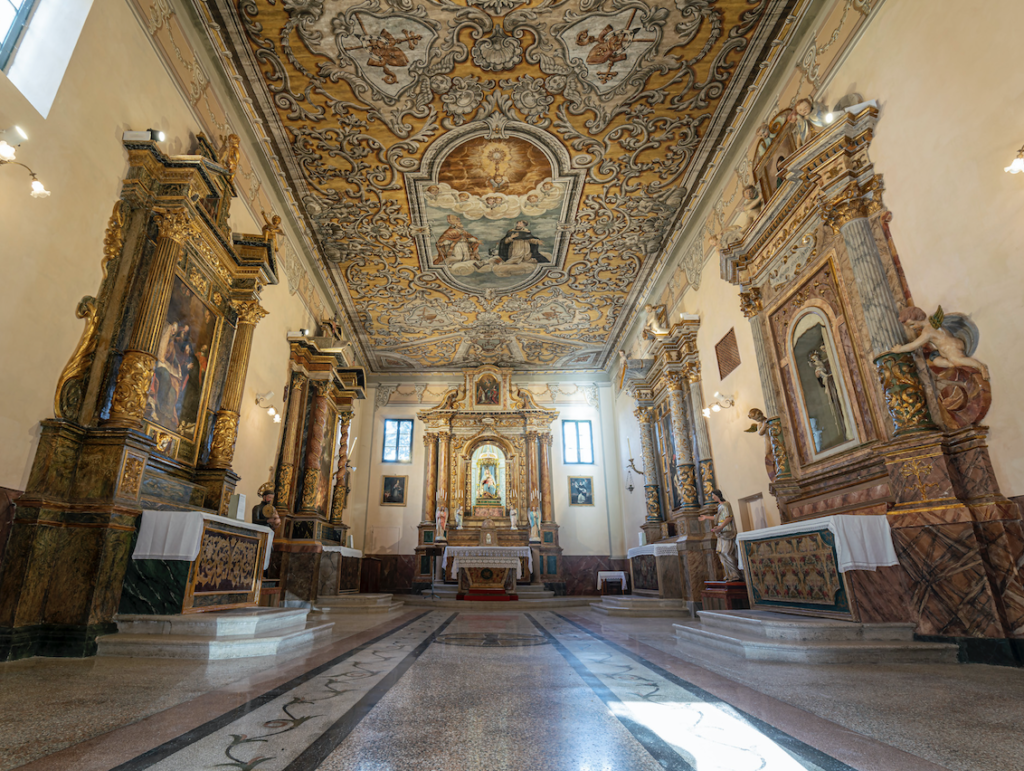
Crossed by the Aso river, Lapedona is a municipality in the province of Fermo, lying on a hill not far from the sea. St. Nicolò’s & St. Martin’s, one of this town’s baroque buildings, raises in the main square of its historic centre. Though its origins date back to the 14th century, it was rebuilt in the 16th, and its façade in 1728.
The church boasts many relevant peculiarities. Remarkable is the rectangular single nave, attributable to the art of painter Filippo Ricci from Fermo. The damask wooden ceiling with the portraits of saints Nicolò and Domenico is thought to be the largest of its kind in the region. The church hosts five gilded and marbled wooden altars; above the main altar a 1596 work by Simone De Magistris (1538-1611), one of the most important mannerist painters in Marche, portrays the Madonna with the Child with the archangel Michael and the saints Francis of Assisi and Quirico by her sides, the latter martyred at the age of three and chosen as the town’s patron. Above the entrance there is a restored organ built by pupils of Gaetano Callido; also remarkable is a “Our Lady of the Rosary” recently attributed to Giuseppe Grezzi.
St. Lucy’s – Serra San Quirico
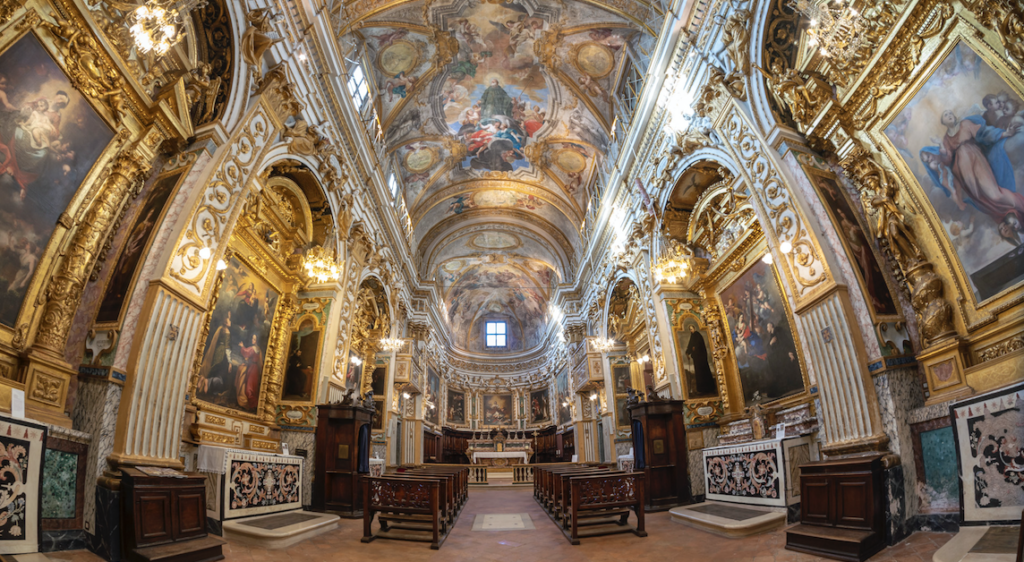
Serra San Quirico, a municipality in the province of Ancona, hosts St. Lucy’s. The imposing portal of this architectural masterpiece, whose typical tower bell is adorned with a bulb top, raises on the left of those who go up the Marcellini road staircase, which from the central square of the town mounts up to the Cassero Tower.
Now in a baroque and rococo style, in 1289 St. Lucy’s was acquired by the Sylvestrine order. First used as a monastery, in 1504 it was made a parish church. It was rebuilt in 1650 after an earthquake destroyed it, and needed restoration works after another earthquake in 1741. It consists of a single nave and six side chapels. A special artistic interest bear six works by Pasqualino Rossi, a painter from Vicenza very active in Marche, representing the legend of St. Lucy. Cuts on the canvases along the frames remind their removal by the monks to save them from the requisitions ordered by Napoleon. The church also keeps the original 1675-76 organ into its engraved and gilded case, perfectly working thanks to a recent restoration. The vault was frescoed by Giuseppe Malatesta from Fabriano: in the nave are represented St. Sylvester’s glory and medallions portraying the blessed friars of the order; in the apse there are St. Sylvester and St. Lucy received in heaven. The former monastery, adjacent to the church, hosts now the historical Collection of Maps of Marche, which holds ancient maps both of the region and of other areas produced from the 16th century onwards.
St. Emidio at the Caves. – Ascoli Piceno
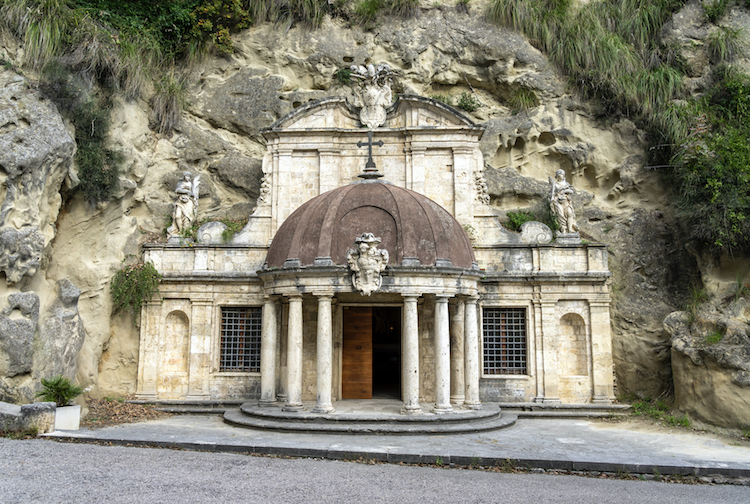
Another example of baroque religious art is the suggestive little temple dedicated in Ascoli Piceno to St. Emidio at the Caves. The “at the Caves” addition is due to its peculiar position, since it is lies against the caves of an ancient Christian necropolis, a silent place immersed in vegetation where since 250 a.D. natural caverns were known, connected to each other by tunnels, used by the Christians as a necropolis. Here Emidio, who after his beheading was chosen as the city’s patron saint, with special powers against the earthquakes, is said to have come, holding his head in his hands, to be buried. Here he lay until, about seven hundred years later, his remains were translated into the Ascoli cathedral.
The place was reevaluated in 1721 by the Ascoli bishop Giovanni Gambi, because the citizens wished to thank their patron saint for his protection against the 1703 earthquake. Works were made which brought back to light the travertine façade built on two levels: the lower level in Doric style with a central little dome held by six columns leading to the entrance; the upper level bearing a pediment with pope Clemens XI coat of arms and at the extremities, by the niches, the statues of two angels holding a palm branch in their hands. Inside, three little naves are supported by columns; at the centre there is the altar with a statue portraying St. Emidio.
St. Nicolas’ Basilica – Tolentino
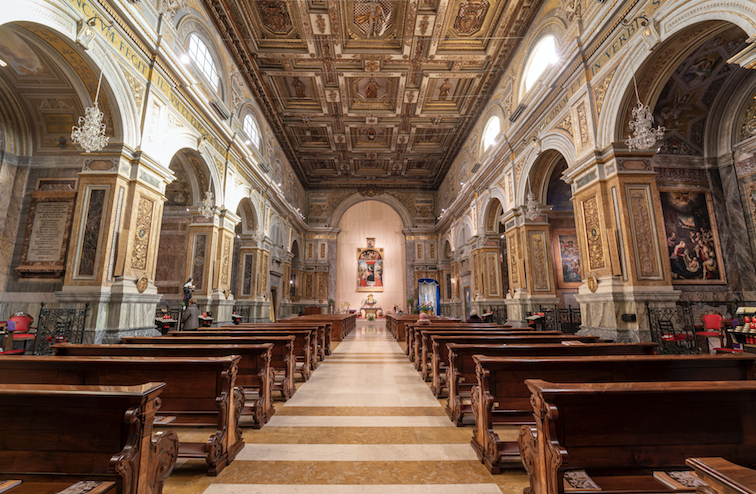
The city of Tolentino is in the Marche hinterland, in the province of Macerata, midway between the sea and the mountains. One of the treasures held by this city is the splendid St. Nicolas’ Basilica, built between the 13th and the 14th century and since modified in several parts. It was previously dedicated to St. George, represented in the act of killing the dragon on the coated with Istria stone portal; it was entitled to St. Nicolas in 1476. After entering, one is immersed in the baroque decorations of the basilica’s single nave. The plant is the original one of the 13th century, but decorations were completely changed during the 17th century.
Side chapels were progressively created and the church was covered with precious marble; finally, between 1605 and 1628 Filippo da Firenze, a master carver, created the gold-plated wooden ceiling which replaced the original truss cover. The saint’s body is kept in the crypt. The walls are divided into three orders. The top ones contain episodes of the life of the Virgin and of the Christ, the lowest stories of St. Nicolas’ life. Due to the damage caused by the 2016 earthquake, the basilica was closed and only reopened in December 2018, when the chapel of the Holy Harms and the “Cappellone” (“Big Chapel”) were again made accessible to the public, to tourists and to the cult the main nave.
“The church of the dead” – Urbania
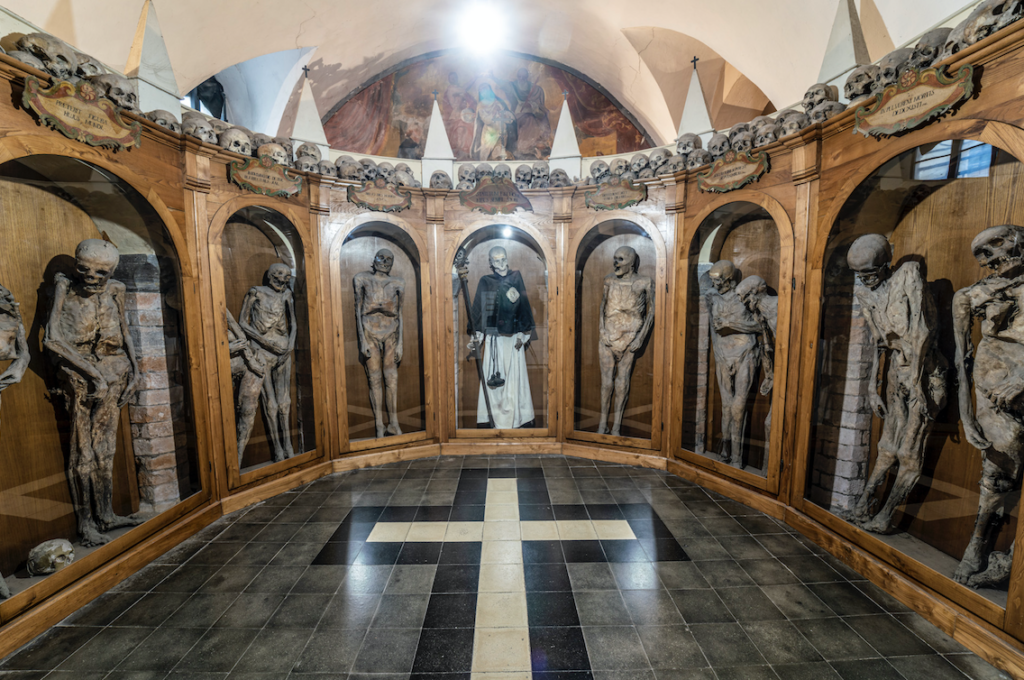
In the historic centre of the little town of Urbania, not far from Urbino, there is the Cola Chapel, founded in 1380 and adorned with a splendid Gothic portal. Since 1836 it is called “The church of the dead”, because it keeps 18 perfectly mummified human bodies.
When in the beginning of the 19th century extra-urban graveyards were created, the bodies have been extracted from the nearby graves; since 1833 they are exposed behind the altar. It looks like the mummifying process was favoured by a peculiar mould in the ground (Hipla bombicina pers) which caused the desiccation of the bodies and prevented them from decomposing. In fact, the mums’ skeleton, skin and internal organs, and in some cases even hair and genitals, are integer. Each of them tells a special story: between the oldest ones, the one of the woman dead after a Cesarean section, the baker called “Lunano”; a young stabbed man, whose wound is still visible on his chest, and a hanged man.
Between them there is also abbot Vincenzo Piccini, recognizable by his dress, who volunteered, in agreement with the local chemist, to test on his body a mummifying substance.
